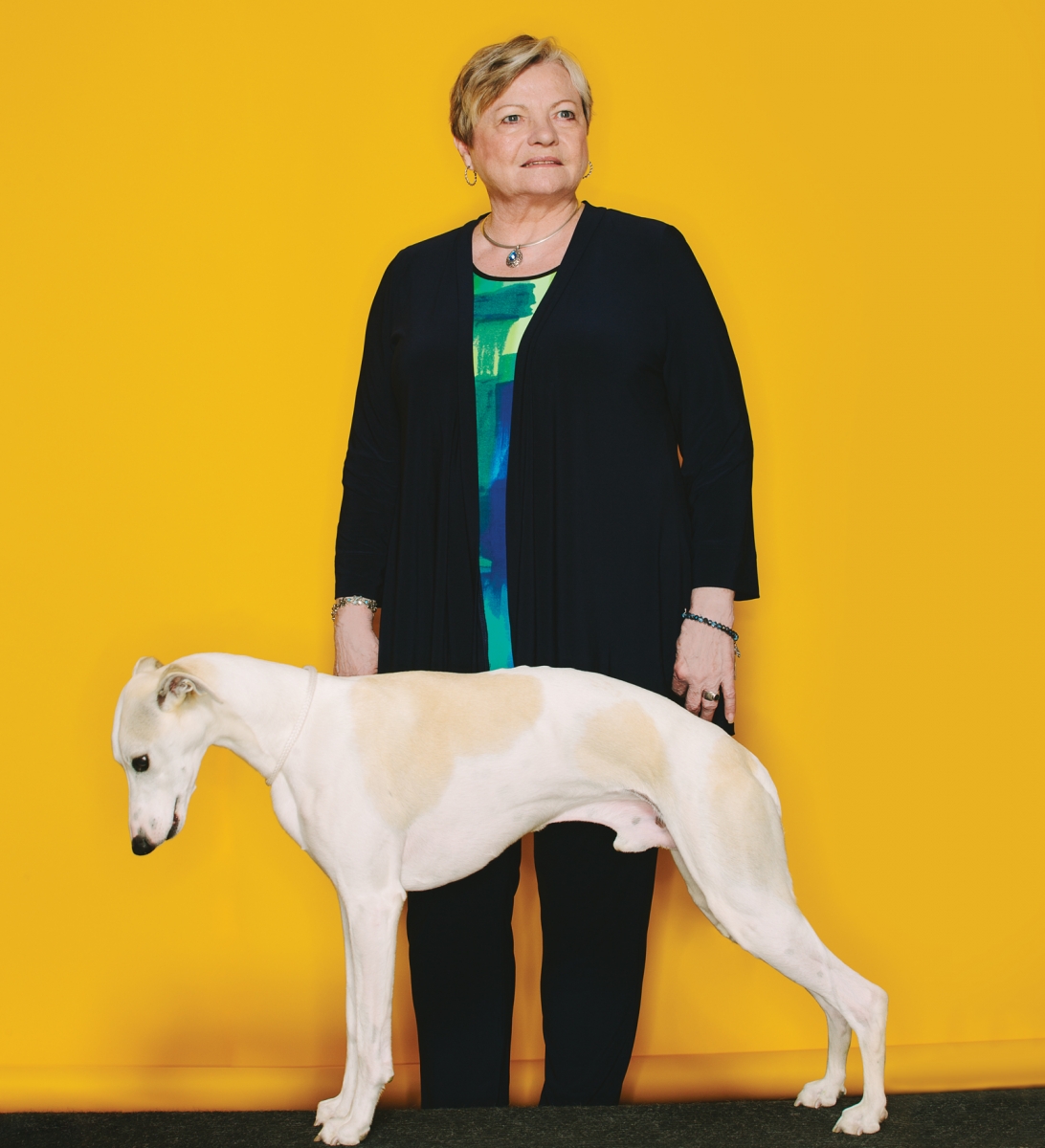Who: Nancy Popovich
Age: 67
Job: Canadian Kennel Club-licensed dog show judge
Experience: Nancy Popovich started judging dog shows in 1994, but she was involved in the dog-show world well before that – she began showing her Airedale, Lakeland and wire fox terriers at the age of 18.
“I think everyone that’s in dog shows are in because they love dogs,” she says. “My parents bought a purebred dog, and it was just intriguing.”
Though she lives in Edmonton, Popovich has judged dog shows all across Canada, and the job has even taken her to Australia, South Africa, China and Brazil. She is licensed by the Canadian Kennel Club to judge all seven groups found at shows (sporting, hounds, working, terriers, toys, non-sporting and herding), as well as best in show.
She transitioned from showing into judging when her husband retired and she felt she was entering a new phase in her life. “It was to stay with my finger in the pie, I suppose.”
But Popovich has plenty to keep her going and keep her coming out to shows, like the Edmonton Kennel Club‘s annual shows and trials, to be held Aug. 4-9 at the Whitemud Equine Centre.
“I enjoy the camaraderie, because I’ve been around a long time,” she says. “There are a lot of people I know and we get to review old times. Contrary to popular belief, judges don’t discuss the dogs at dinner.”
“A dog show is to choose breeding stock, and each dog is judged according to its breed standard, which is usually international. Some of them have slight differences but, truthfully, every ruling kennel body has a standard of perfection for each breed, and you’re comparing them to that standard so they can produce better dogs.
” [For example,] an Airedale comes into the ring. The first thing I look for is general shape – does it look like an Airedale? Then I send it around, because I want to see if it’s lame and how the parts move together; if it’s lame, it must be excused. Then I examine it. Now, an Airedale was bred as a hunter. It’s called the ‘king of the terriers,’ so it should exude that ‘king of the world’ attitude. The head is supposed to be a specific shape. I always check the teeth, the nose, the proportions, the plates of the head and the ears. Then I check the front to make sure the bone structure is as it’s supposed to be. Then I go down through the ribs, the loin and into the backside. We always check to see males have two testicles – it’s a necessity. Then I look at coat texture and colour, then I send them down and back so I can see the front of them, as opposed to the side.
